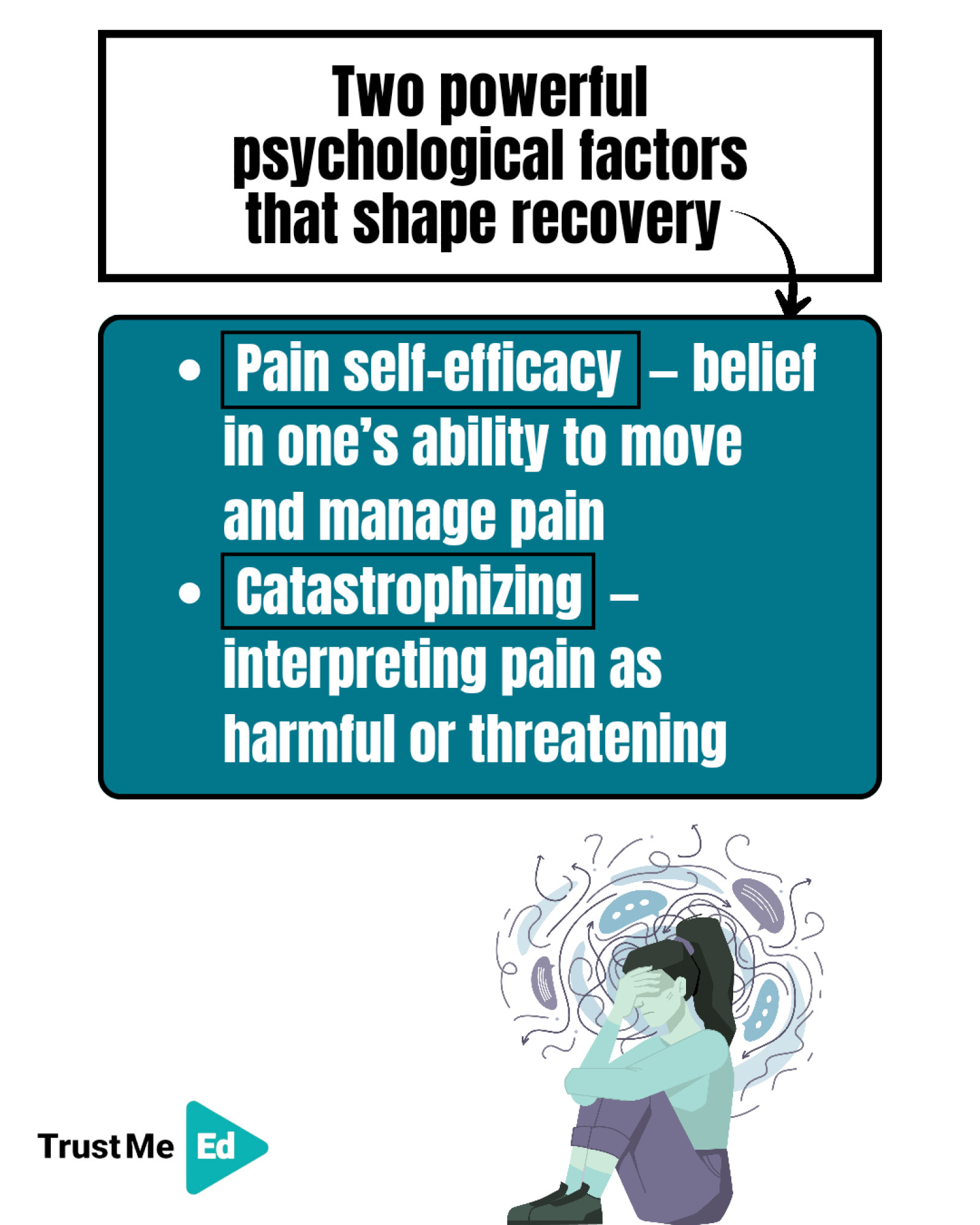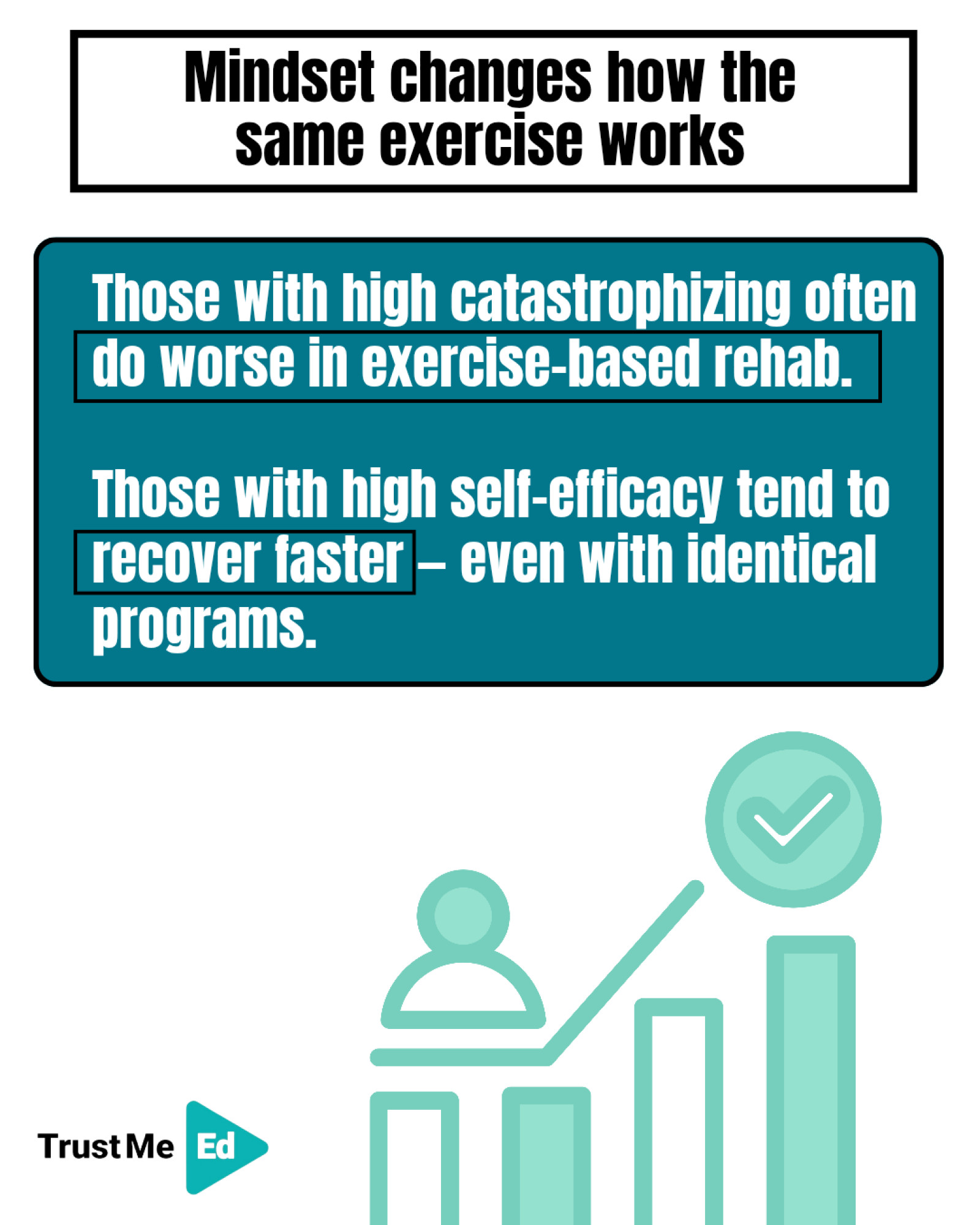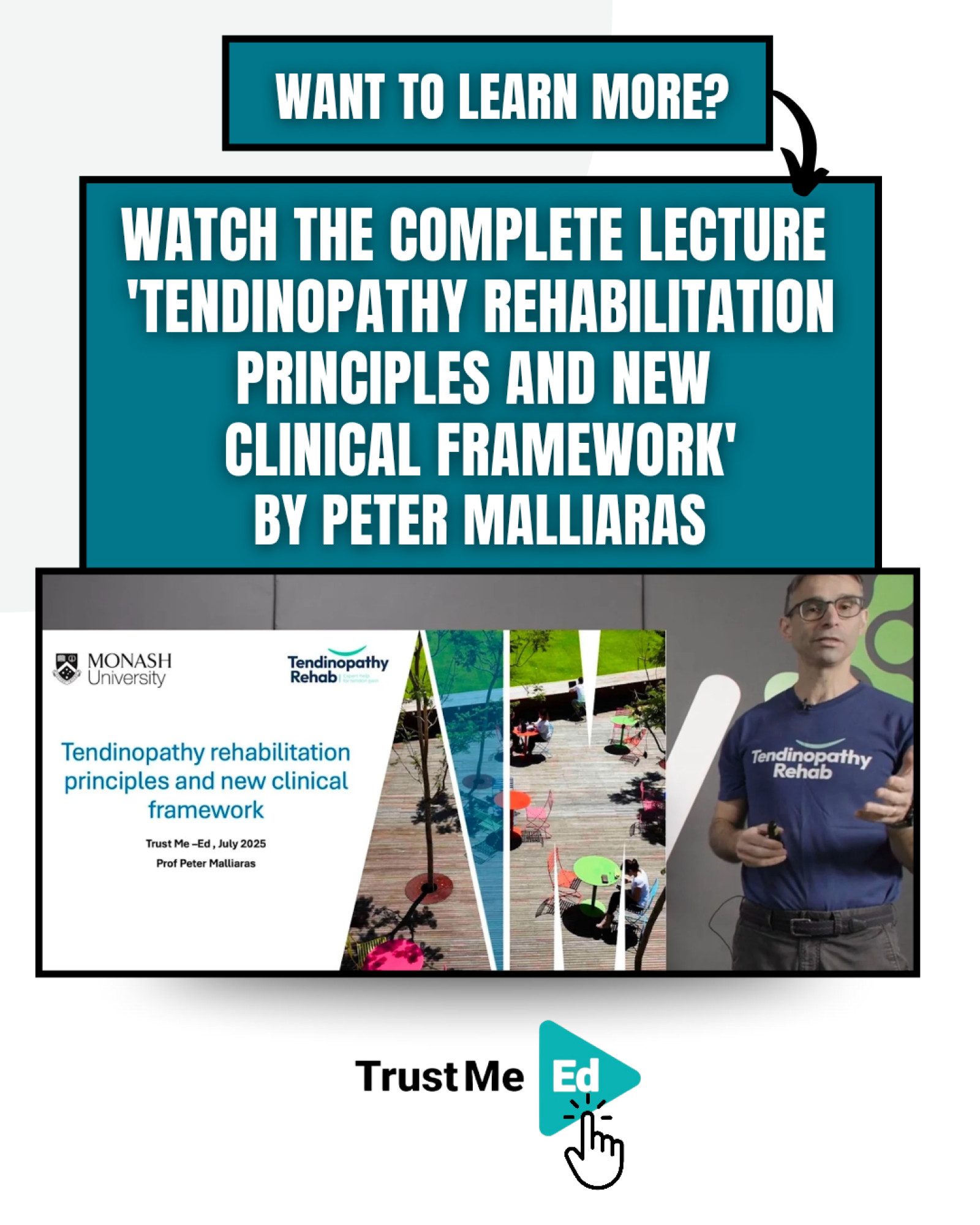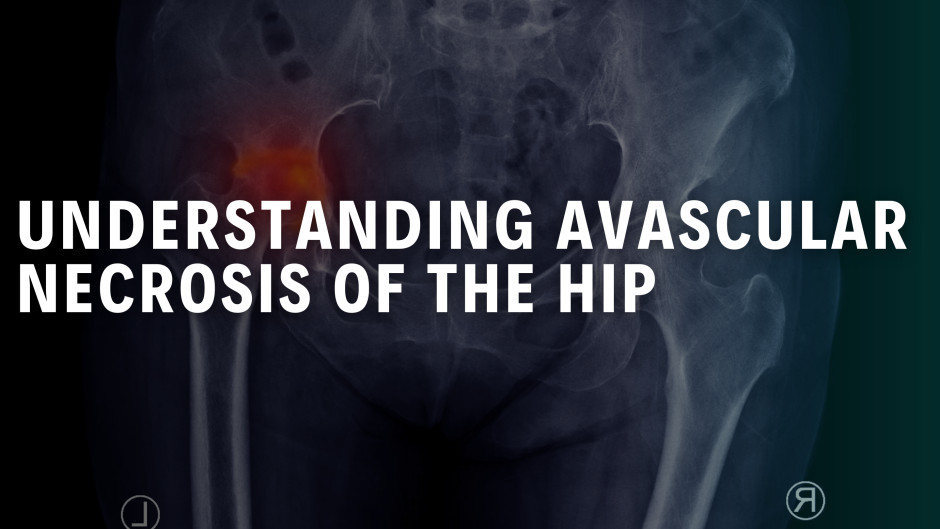UNDERSTANDING WHY TENDON PAIN IMPROVES EARLY
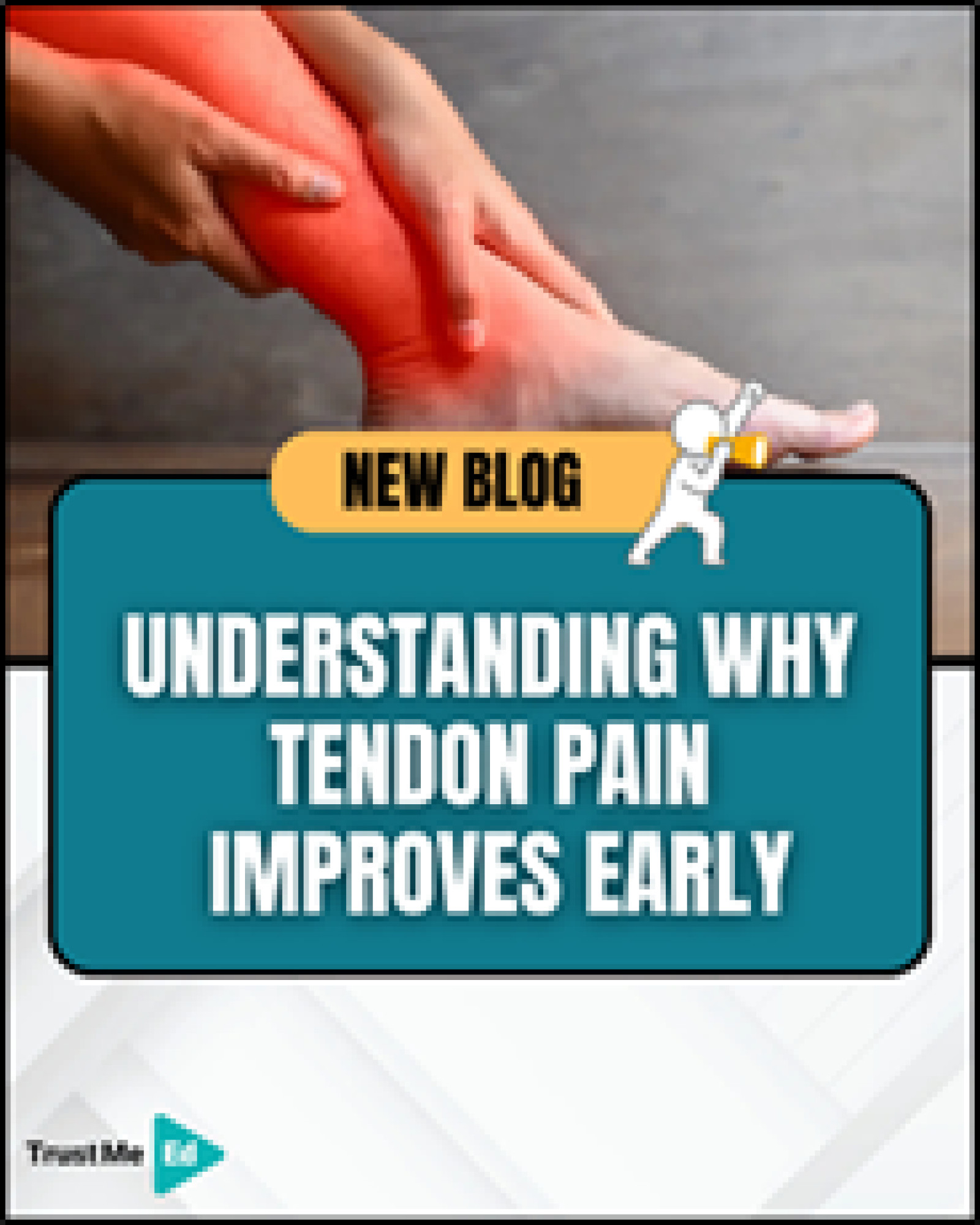
Pain in tendinopathy often settles long before the tendon shows meaningful structural change. And that’s not a problem—it’s how the system is designed to recover.
If you want to learn more about this topic, you can watch Peter Malliaras's lecture here:
Here’s what’s really happening.
1. Confidence and Control Reduce Pain Sensitivity
When patients learn that movement is safe—not harmful—the nervous system becomes less protective.
This shift in self-efficacy often leads to noticeable pain relief, even if the tendon itself hasn’t changed yet.
2. Graded Exposure Builds Trust in Movement
Slowly reintroducing load helps the brain realise:
“Hurt doesn’t equal harm.”
As predictability increases, pain becomes less threatening, and flare-ups reduce.
3. Reduced Catastrophizing Calms the System
Changing thoughts from “something is wrong” to "this is sensitive, but safe" decreases protective muscle guarding and improves movement quality—both of which lower pain.
4. Improved load management reduces irritation
Adjusting training volume, speed, or frequency decreases mechanical stress on the tendon.
The result? Calmer symptoms without any actual structural change yet.
5. Strength training improves function before structure
Heavy, slow loading improves:
✔ Muscle capacity
✔ Tendon stiffness
✔ Movement efficiency
These functional changes reduce pain long before the tendon shows visible adaptation.
The Bottom Line
Pain relief in tendinopathy is often a nervous system success story, not a structural one.
The person heals—through confidence, control, education, and smart loading—well before the tendon fully catches up.
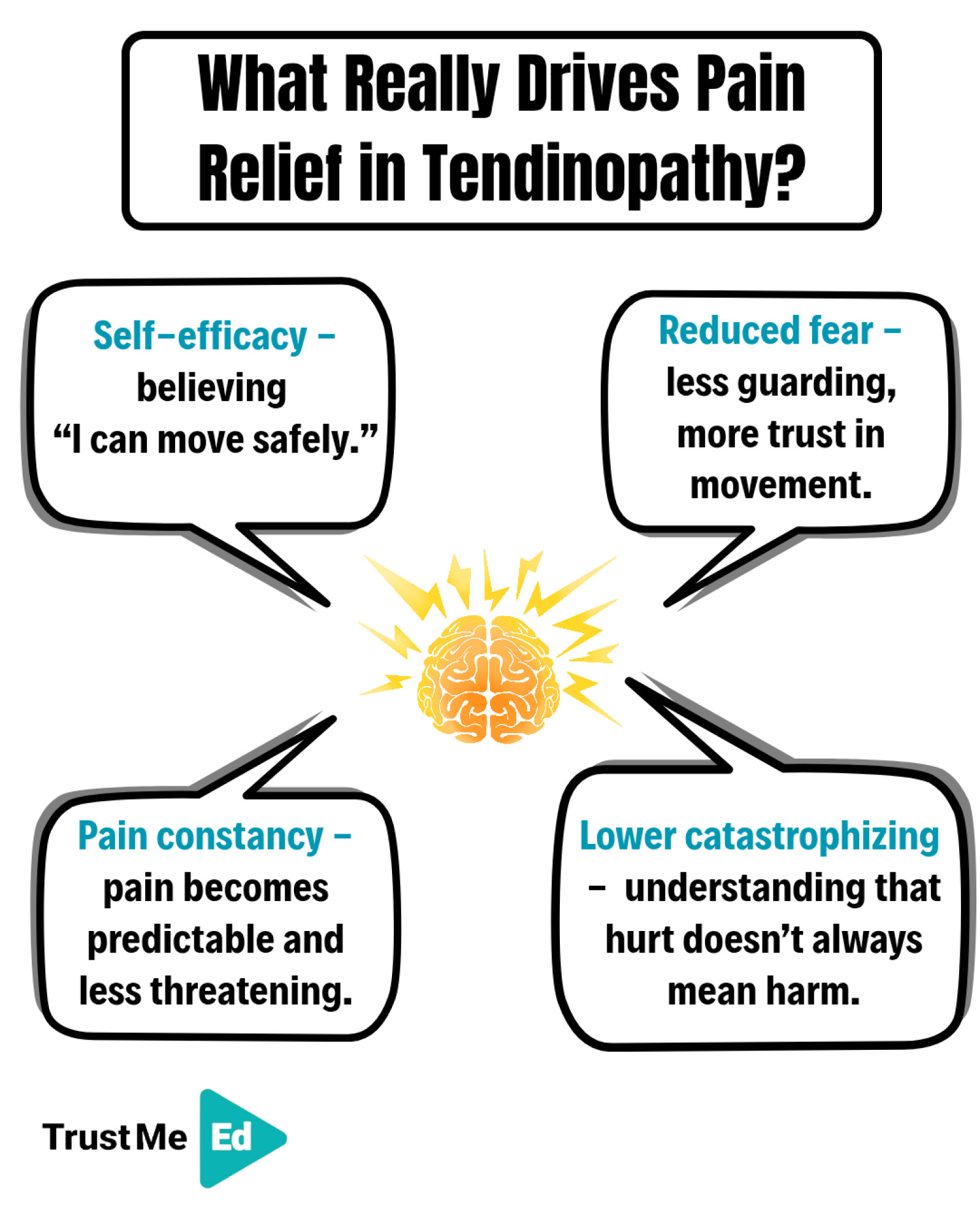
If you want to learn more about this topic, you can watch Peter Malliaras's lecture here:



